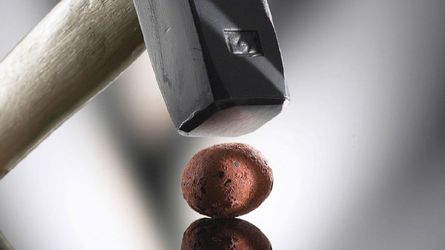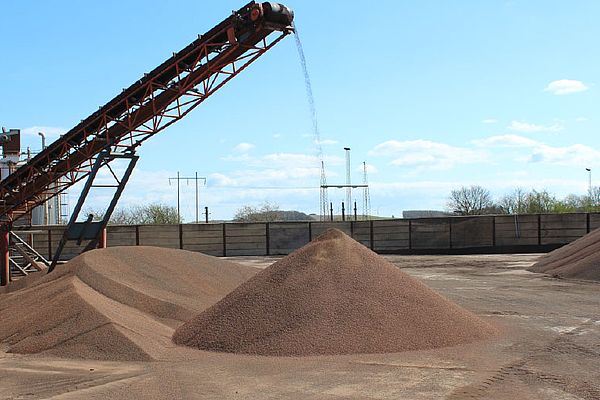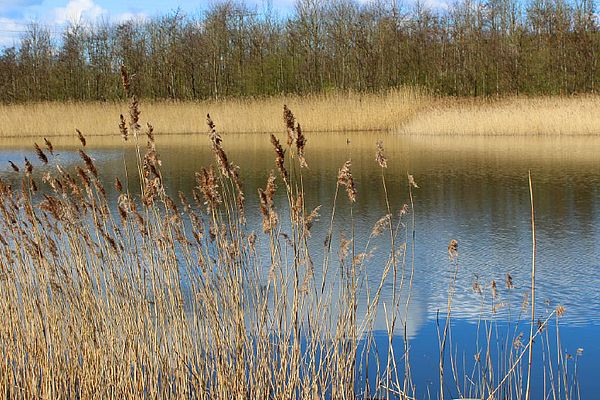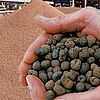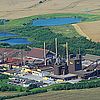Because of its tradition, expanded clay is more present and widespread than you might suppose in modern construction technology. Geologically, the raw material clay is at first just a determination of the mineral particle size. These miniscule particles originated and originate on the one hand from weathering and erosion of various rocks, and on the other from mineralisation and sedimentation of organic materials. High pressures and temperatures can cause these sediments to transform into different, so-called metamorphic rocks. In this manner, for example, the long-term effects of pressure and heat turn limestone into marble and clay into slate. Clay is therefore a raw material that originated and is still originating today geologically through continual processes. This inexhaustible raw material has been known to be an outstandingly suitable material for building and other purposes since ancient times. Pre-Christian buildings or famous, life-size armies reproduced in clay bear witness to the durability of this material.
From side effect to the just 100-year-old history of systematic expanded clay production
Systematic and controlled production of expanded clay – until then an unwelcome by-product of clay brick production – did not originate until towards the end of the 19th century. The first patent on production of economically and structurally usable expanded clay was granted in the USA in 1918. The cradle of European expanded clay production is Denmark, where the kidney-shaped expanded clay has been produced on a large scale since the middle of the last century. The advantages of this light and nevertheless sturdy and durable building material have grown steadily in importance over the course of its development. In addition to the originally sought after main aim of a reduction in weight, today outstanding thermal insulation, balanced room climate and the ever increasing focus on building biology are decisive reasons to use expanded clay. Our website depicts a correspondingly wide range of products together with the numerous advantages and various potential applications.
The principle behind the production of our expanded clay
The raw clay extracted through opencast mining, which consists of natural, selected Eocene clay containing more than 60% montmorillonite clay, is premixed, cleaned in preparation, homogenised and afterwards fed into one of a number of different rotary kilns depending on the individual manufacturing process according to the Leca principle. After the clay is dried at temperatures of 300 to 800 °C while simultaneously being crushed and granulated by equipment inside the kiln, the actual expansion process occurs at a temperature of approx. 1200 °C. The shell of the clay pellets reaches the melting point and sinters, which means that it fuses together and thereby becomes more compact. Simultaneously, the organic constituents (carbon compounds) inside gasify or burn, raising the temperature and exceeding the melting point of the clay. An additional expansion effect is produced by the release of oxygen from the oxides contained in the clay, which begins at these high temperatures. This happens within a relatively short time, thus the gases are unable to diffuse quickly enough and form gas pores which expand the clay. The result is a kidney-shaped particle with a stable shell and a fine pored, aerated core for varied potential applications.



